 Slender-billed Kite (Helicolestes hamatus)
Slender-billed Kite (Helicolestes hamatus)
 Slender-billed Kite (Helicolestes hamatus)
Slender-billed Kite (Helicolestes hamatus) |
 |
| Pictures (click on them to enlarge) | ||
|---|---|---|
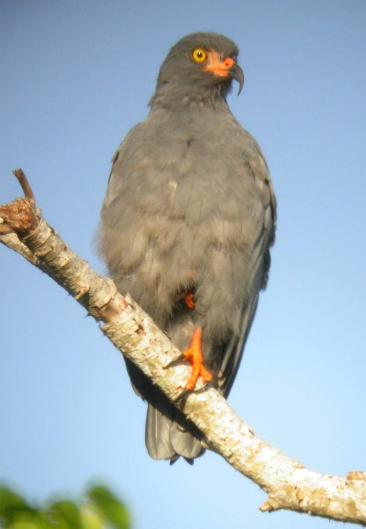 © Foek Chin Joe | 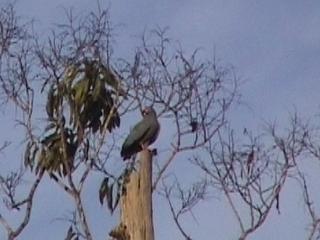 © Jan Hein Ribot | 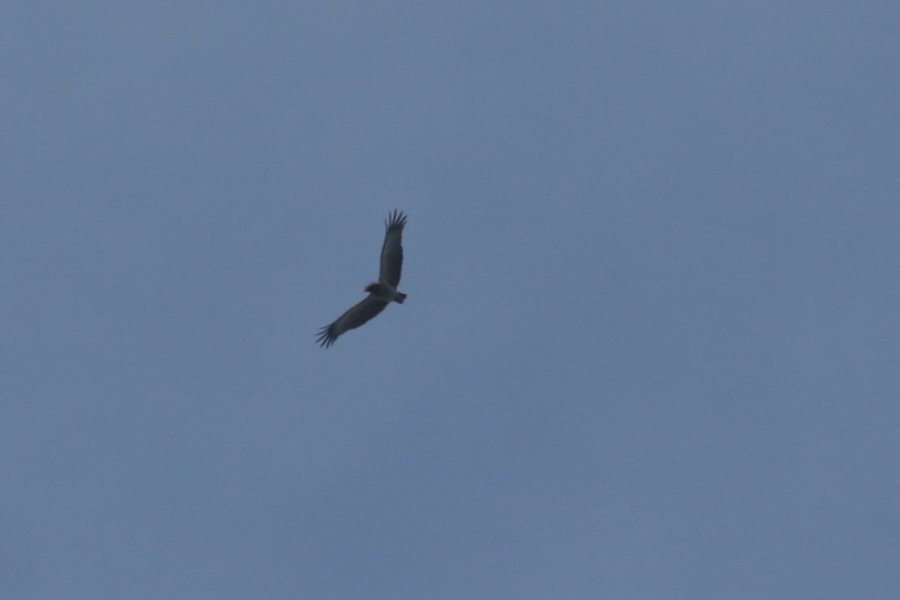 © Carl Beel |
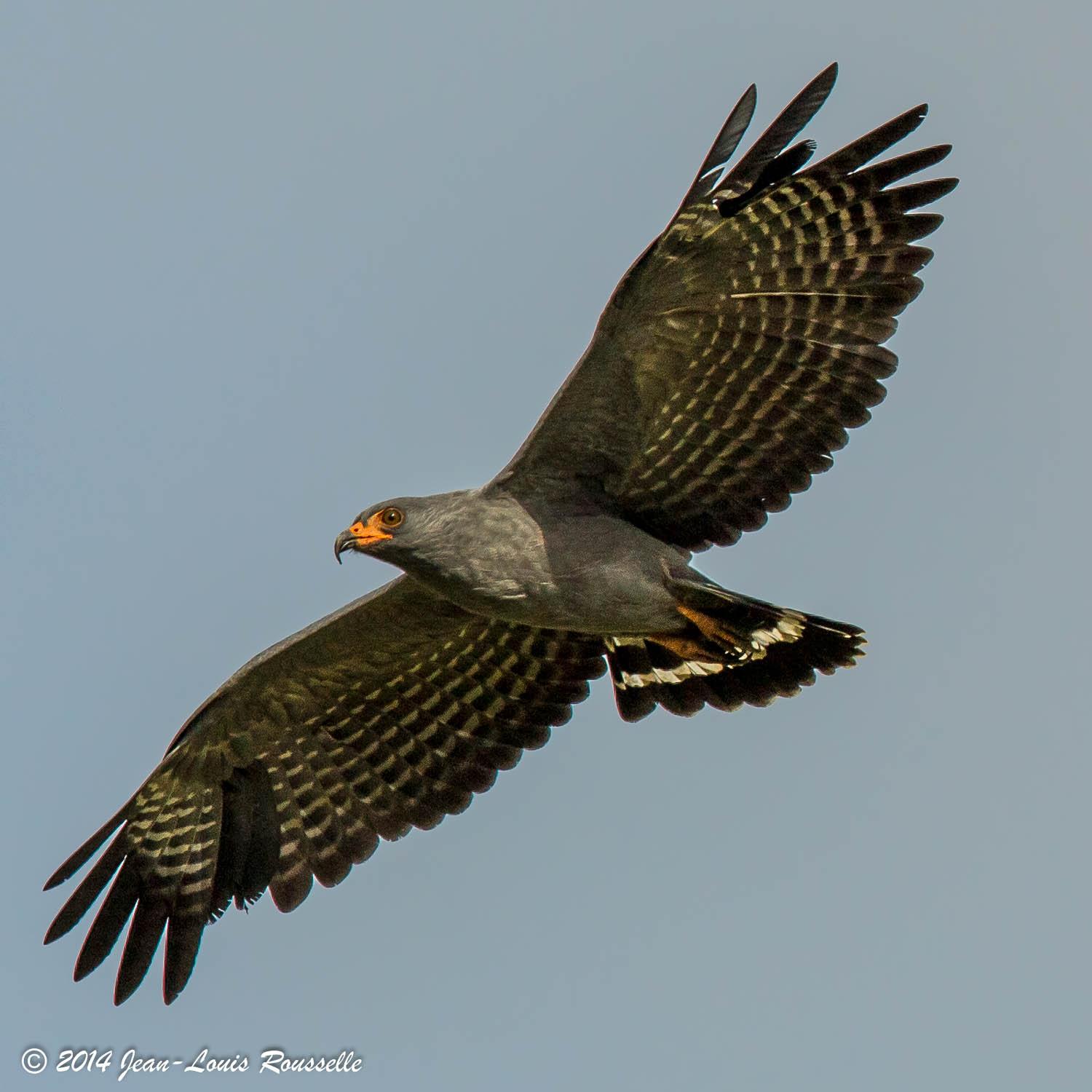 © Jean-Louis Rousselle | 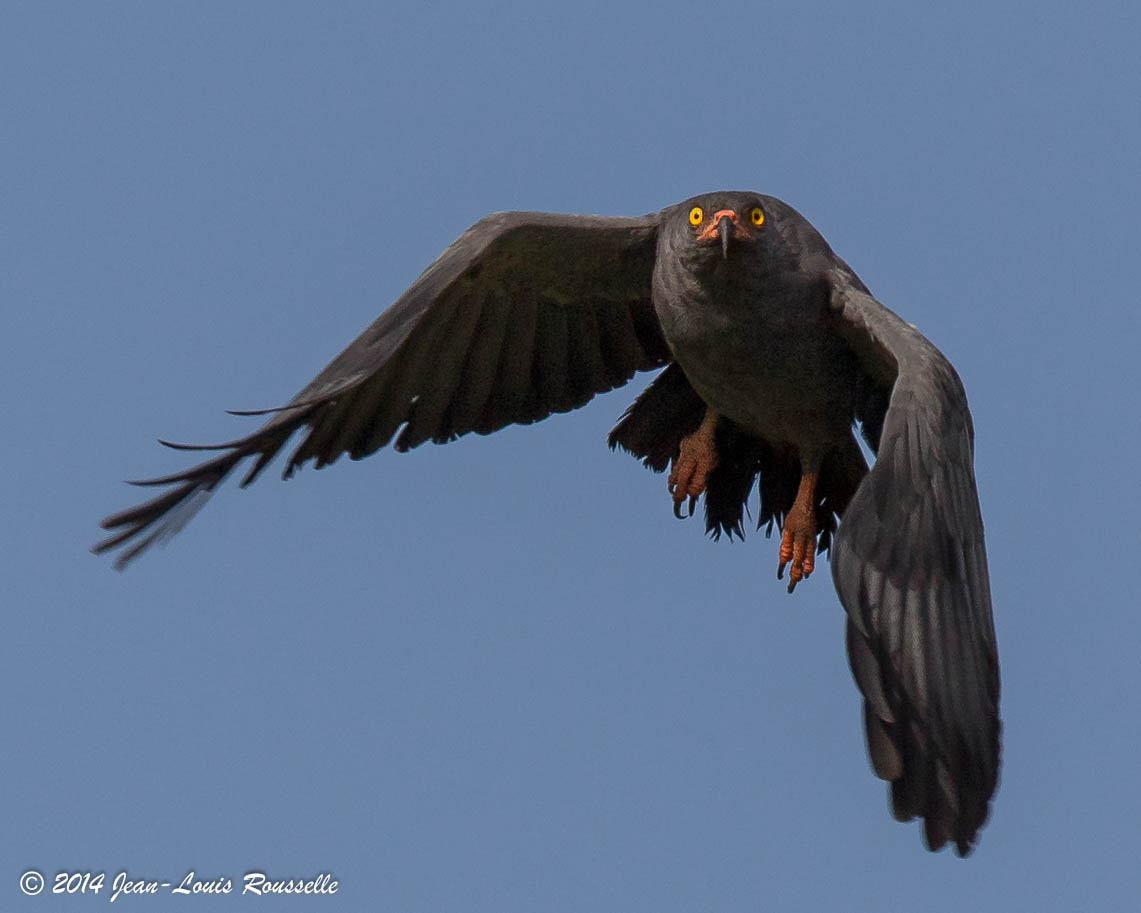 © Jean-Louis Rousselle | 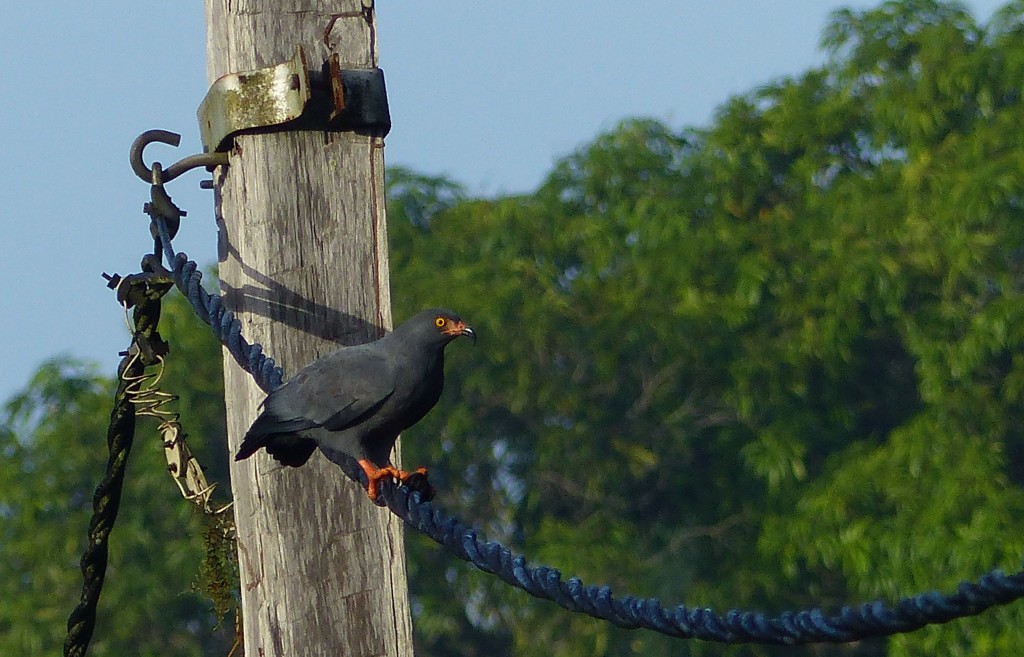 © Jan Hein Ribot |
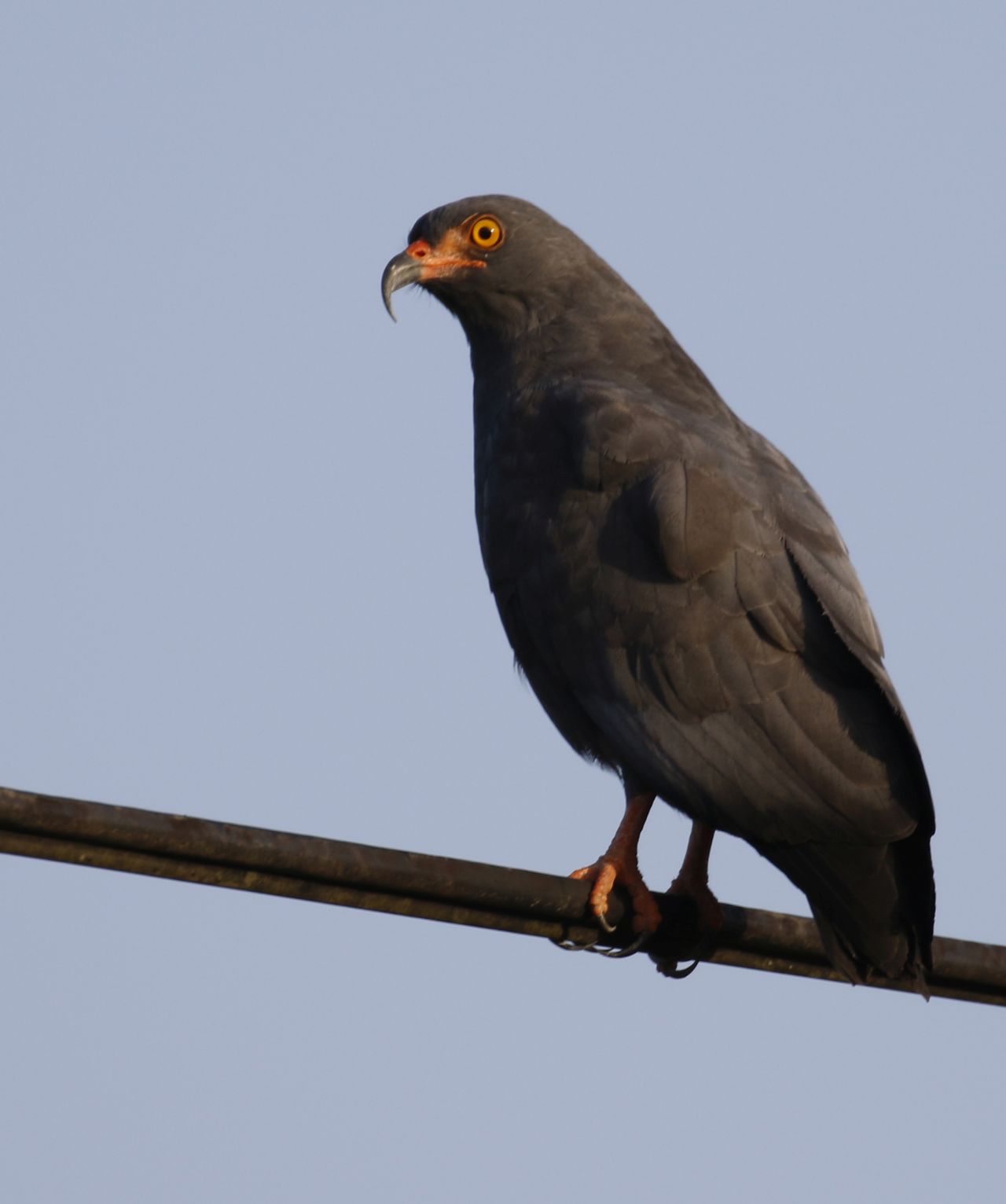 © Klaas de Jong | 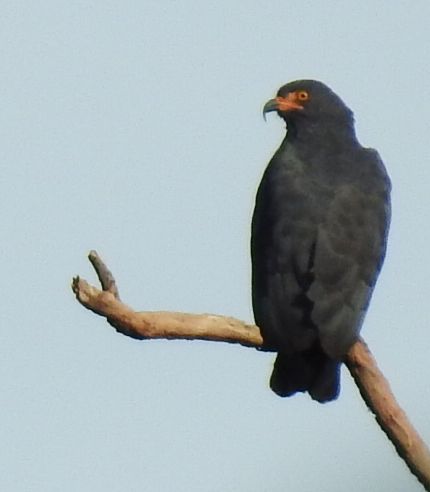 © Dominiek Plouvier | 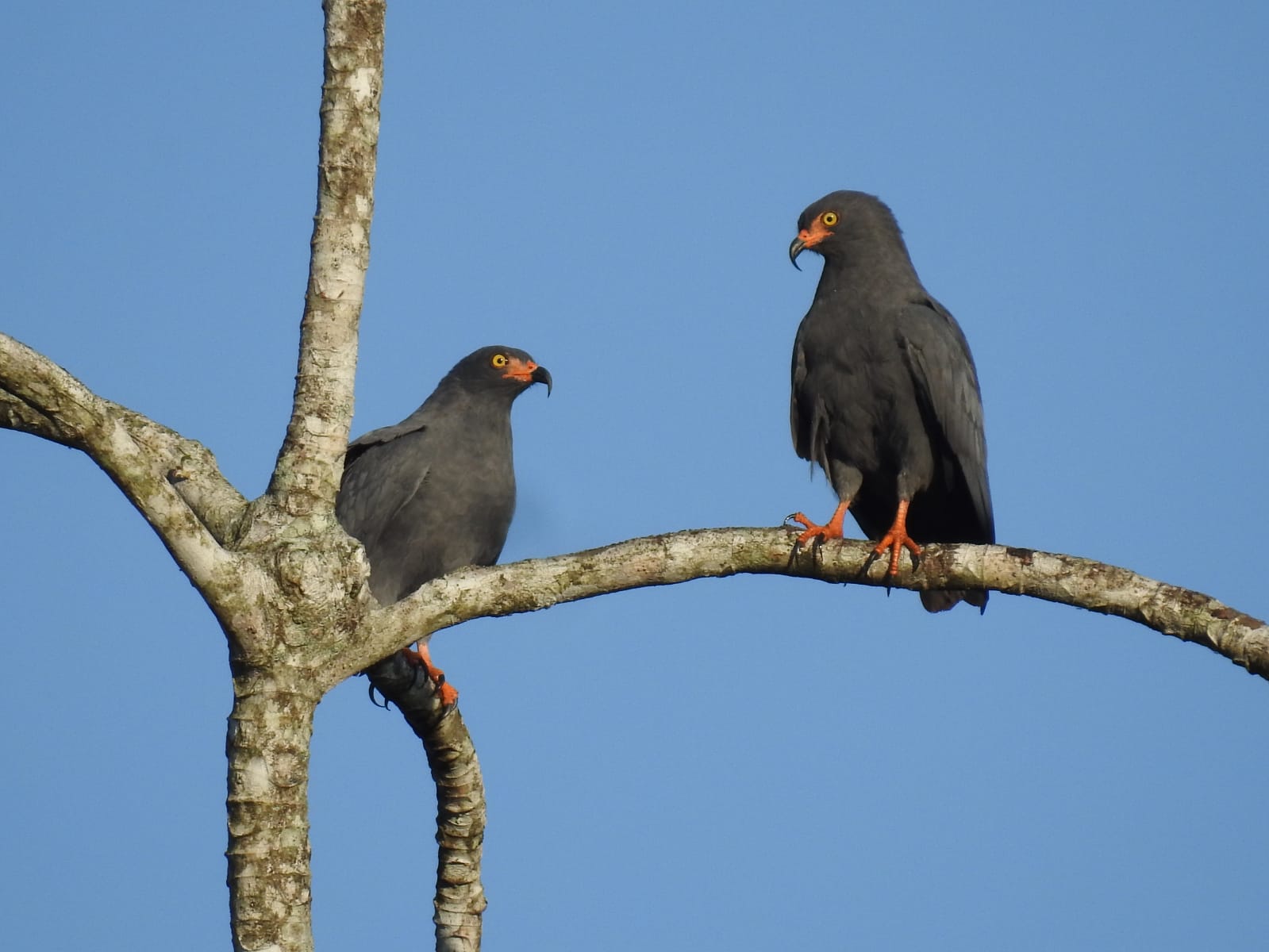 © Dominiek Plouvier |
| Slender-billed Kite: This bird of prey is often seen in trees in wet places, especially in swamps. It eats snails with its curved bill, like its cousin the snail kite. It doesn't have the white near the tail of the snail kite, but it is totally grey. It is confined to the coastal area. First a beautiful photo of a slender-billed kite made by Foek Chin Joe north of Paramaribo and then a picture made by Dominiek Plouvier in Nickerie and one by Ribot in a marsh near the Coesewijne river, all in Suriname. The last one, in flight, by Carl Beel above the bird trail of Peperpot plantation. |
| Birdsounds (click on them to listen) | ||
|---|---|---|
| Sound recording of a Slender-billed Kite © Otte Ottema, bird guide |
| Video (click the link or the 'play'-button to see) | ||
|---|---|---|
| Video recording of a Slender-billed Kite © ; | Video recording of a Slender-billed Kite © ; | Video recording of a Slender-billed Kite © ; |
|
|
||||||||||||||||||||||||||||||||||||||||||||
| Observations through the year | Observations of breeding through the year |
|---|---|
| The 358 reported observations of this bird in Suriname, mainly for the last 50 years up to 2018, have been grouped by month. More birds on one day are counted as one observation. Of course, if the graph should depict the total number of birds seen, the differences between the months could be much more pronounced. | The 7 reported breeding observations of this bird in Suriname. Most observations are about nest with eggs, some about fledglings, or feeding at a nest or the building of a nest. Of the about 5000 nests and eggs found for all species together, about 1/3 comes from the egg collection of Penard between 1896 and 1905. For some reason most collecting then was done in the first half of each year, so the shown distribution does not necessarily reflect the actual breeding preferences. The main dry season in Suriname is reckoned to be from half August to the end of November, the main wet season from half April to half August, but the the timing of begin and end does vary from year to year. Around March a second dry season often occurs. |